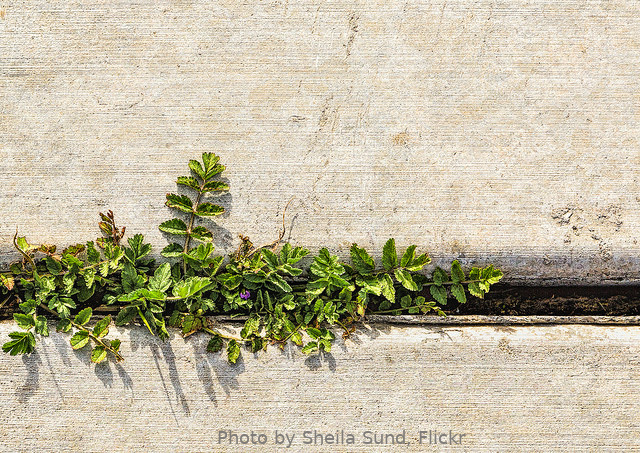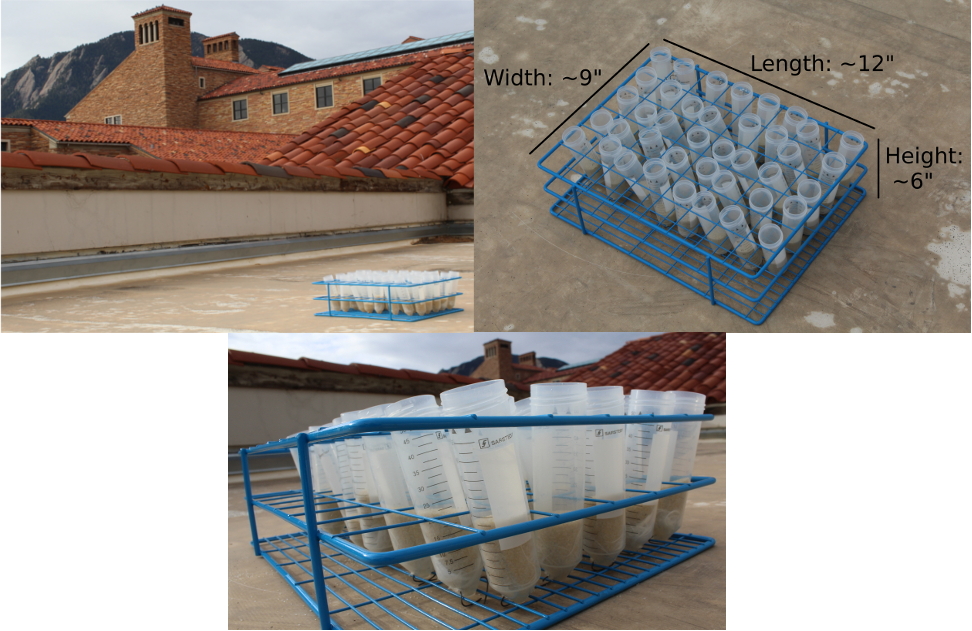Sandbox Succession
Citizen scientist microbial succession project
The sandbox succession project was a citizen science project aimed at studying microbial succession in sand microcosms across the continental US. Although the initial project is now complete, we hope to continue building on it in the future.
Looking for the original sandboxes website? It’s here.
Background
Billions of years before humans learned to survive in sweltering deserts, frozen tundra, or explore space, bacteria and fungi were colonizing new environments. Over time these communities changed their surroundings and helped to shape our planet. The colonization of new environments is known as ecological succession, and is fundamental to the establishment and maintenance of life on our dynamic planet. When the first plants colonize an island, or a barren glacier forefield becomes a forest, or when plants begin to grow in the cracks in sidewalks we are observing succession.



Succession on these “macroscopic” scales is often slow, taking years or decades for noticeable changes to occur. Yet, in the microscopic world ruled by bacteria and fungi, we can see changes over short timescales; changes that pave the way for the thriving community that will emerge. These pioneering microbes engineer a suitable environment for plants to live in, leaving their mark in rocks they break down and the nutrients they add to the soil.
While ecologists have studied succession of larger organisms for over a century, succession in communities of microscopic organisms has been more difficult to study. Because they are so small, microbial traits are hard to observe directly and only a fraction of them are easily cultivated in the lab. It is still a mystery why certain microbes will come to dominate a particular location or what types of microbes make the most effective colonizers of new environments. Fortunately, we can now take advantage of recent advances in DNA sequencing technologies to help us learn more about the mysterious microscopic world.
Our Questions
Understanding microbial succession is important because microbial communities harbor enormous amounts of unknown species and undescribed diversity. These organisms play critical roles in ecosystems, but we lack a basic understanding of how they change over time. Below are some questions we hope to answer.
How does the speed of microbial succession vary with climate?
Temperature and precipitation may be very important in determining the speed at which microbes can colonize an environment. We predict that warmer and wetter climates will provide water and energy needed for microbes to accumulate more quickly. But microbes need more than just light and water to survive, they need nutrients too. Therefore, we predict that even the warmest and wettest sandboxes will rely on nutrient-producing bacteria to help pave the way for future microbial colonists.
Are patterns in microbial community succession predictable?
Sometimes succession may follow extremely predictable patterns for example, the microbes that colonize cheese are carefully controlled to produce the same exact cheese every time. In other cases the path of succession is very dependent on the founders, or first pioneers. Pioneer species may make an environment more or less inhabitable for those who follow them. We are very interested to know how important these pioneers are in shaping succession in our sandboxes.
What types of microorganisms are the most effective colonizers of new environments?
We are curious to know what makes a good microbial pioneer. Are the pioneers fast growers? Clever builders? Creative and resourceful inventors? Do they specialize in only in survival skills or can they thrive in many environments? The picture here shows photosynthetic Cyanobacteria wrapped around sand grains, these are among the bacteria we think will be the earliest colonizers.
The Experiment
Note: The sandbox succession project is now completed, but we hope to continue it in the future to further explore microbial community dynamics in primary succession.
With the Sandbox Succession Project, we will study microbial communities in hundreds of sand-filled test tubes (the “sandboxes”) hosted by teacher and student citizen scientists across the continental U.S. Over a year, we will use DNA sequencing and microscopy to monitor how the microorganisms in these sandboxes change over time.
If you are a middle or high school teacher, we need your help hosting a sandbox! We are looking for teachers from across the U.S. to help us. The project is free and requires minimal time commitment – less than 3 hours in total.

The Experiment At a Glance:
Timeline: Late Spring/Early Summer 2018-Spring 2019
Time Commitment: 20 minutes for initial setup, plus 20 minutes 4 times throughout the year.
Experiment dimensions: About 12” x 9” x 6”.
Cost: Free – we will provide all materials and postage.
Special Requirements: Access to a flat roof or other undisturbed location on which to set up the experiment.
How It Works
At the beginning of the study, we will send you a rack of 40 sand-filled test tubes. You will secure the rack on a flat roof away from interfering objects (such as vents) and remove the lids from the test tubes (max. 20 min. project set-up time). The sandbox will stay outside for a year. Every 4 months, we will send you a sampling kit and provide you with return postage to return samples to us at no charge. At each sampling time, participants will remove 10 tubes from the rack and place them in plastic ziplock bags (provided in the sampling kit) to send back to our lab for microbial analysis.